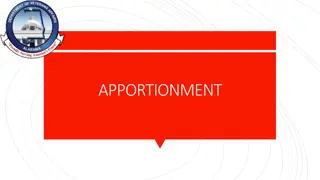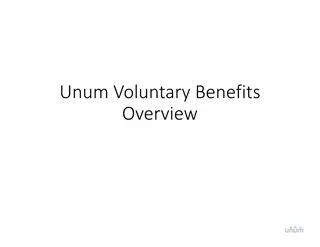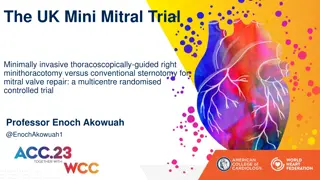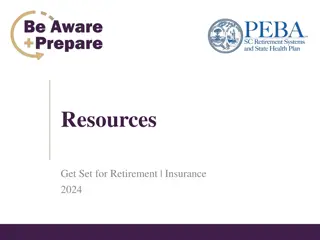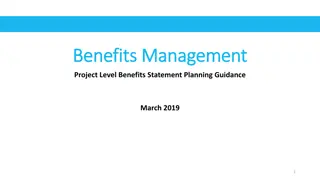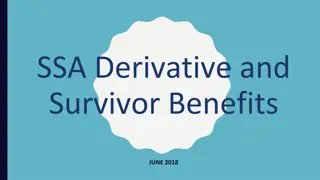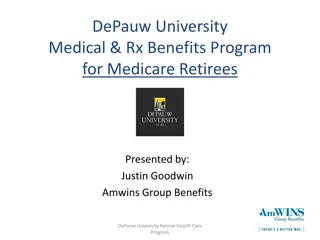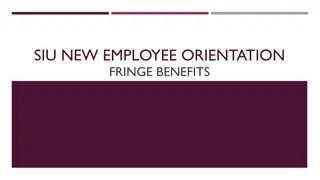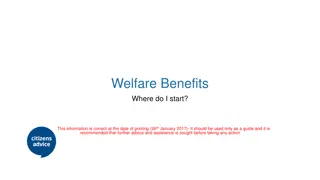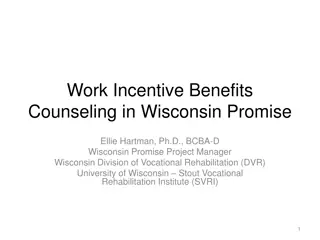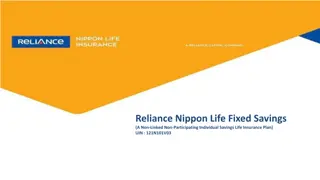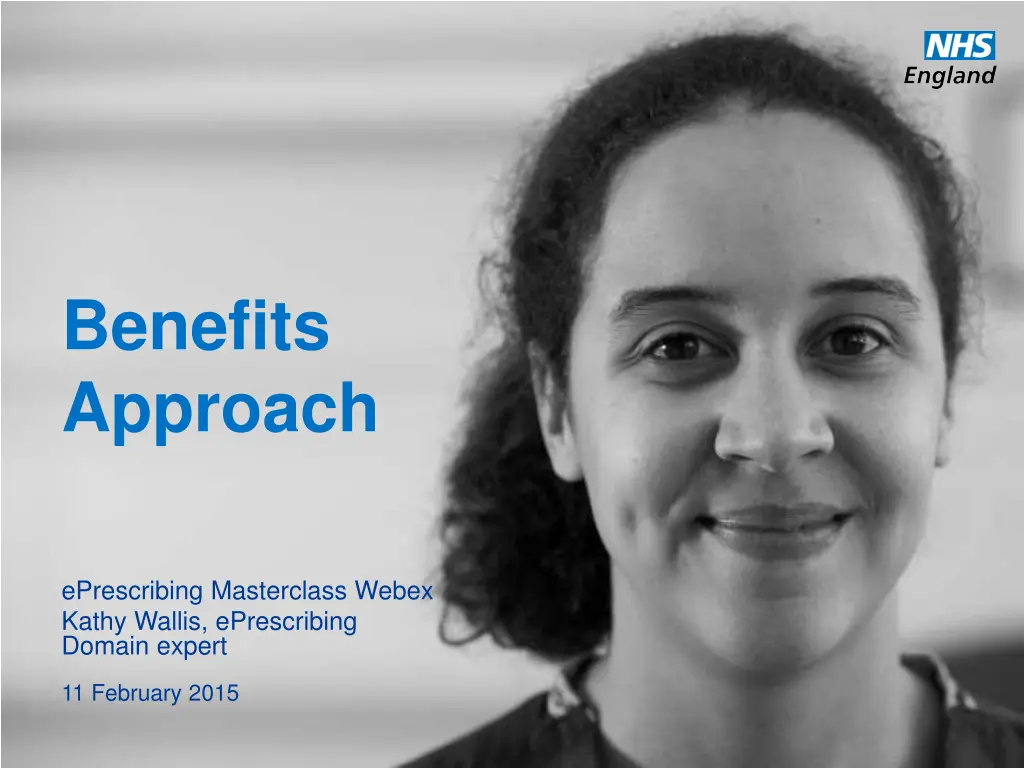
Realising Benefits of ePrescribing: Strategies for Success
Explore the comprehensive guide on benefits realisation in ePrescribing projects, covering categories of benefits, pitfalls to avoid, and the importance of implementation for Trusts. Learn from expert Kathy Wallis in this masterclass presentation.
Download Presentation

Please find below an Image/Link to download the presentation.
The content on the website is provided AS IS for your information and personal use only. It may not be sold, licensed, or shared on other websites without obtaining consent from the author. If you encounter any issues during the download, it is possible that the publisher has removed the file from their server.
You are allowed to download the files provided on this website for personal or commercial use, subject to the condition that they are used lawfully. All files are the property of their respective owners.
The content on the website is provided AS IS for your information and personal use only. It may not be sold, licensed, or shared on other websites without obtaining consent from the author.
E N D
Presentation Transcript
Benefits Approach ePrescribing Masterclass Webex Kathy Wallis, ePrescribing Domain expert 11 February 2015 www.england.nhs.uk
Purpose of the Presentation To provide support to Trusts on Benefits Realisation for ePMA projects Why benefits realisation? Categorisation of Benefits Pitfalls what goes wrong? Rules for Benefits realisation Worked example New Version of Benefits Realisation for ePrescribing Projects www.england.nhs.uk
Why Benefits Realisation? Provides part of the economic case for investment value for money Why should the Trust implement ePMA? What is the Trust going to gain through this? Provides a focus on WHY implement what is important to the Trust. May provide insight on the choice of system: Improve the prescribing process (efficiency; accuracy; reduce prescribing errors; decision support) Improve the communications between ward and pharmacy (stock control; efficiency) Integral part of the patient record / clinical process (complex decision support) Provides the evidence of a successful implementation: money well spent Need to keep in line with business case promises www.england.nhs.uk
Categories of Benefit Cash Releasing: reducing costs so that resources can be allocate elsewhere Non-cash Releasing: often efficiency benefits where monies / resources cannot be allocated elsewhere Qualitative: benefit that is of value but cannot be quantified in financial terms Societal: savings are realised outside of the health and social care system e.g. patients return to work more quickly www.england.nhs.uk
Pitfalls to Benefits Realisation What other initiatives are also taking place will they impact the same areas of measure Length of stay What is a potential benefit in one Trust may not be to yours: Have processes / resources already been put in place to address the issue? Baseline measurements are not taken pre-implementation making it impossible to demonstrate any improvement / benefit The benefit is not available to the organisation, e.g. junior doctor costs are paid for by the Deanery, not the Trust Wrong expectations: not all benefits will be delivered on day 1 of implementation (system optimisation): May be slow to see benefits as people learn the new ways of working and new processes bed in May need to modify the configuration / processes as you learn how the system really works www.england.nhs.uk
Implementation Life Cycle www.eprescribingtoolkit.com www.england.nhs.uk
Rules for Benefits Realisation Measure what is measurable Set realistic expectations for your organisation Fit with the local picture Trust Strategic Drivers Local opportunities and needs Each benefit should be defined so that it fits one benefit category. The measure must be appropriate to the benefit category If the benefit can be measured in more than one way (e.g. cash releasing measure and efficiency measure), the benefit should be listed more than once, highlighting the benefit category and measure for each entry Each benefit must have an owner and a time plan for delivery www.england.nhs.uk
Worked Benefits example: Decrease time for drug rounds Benefit: Decrease time for drug rounds Benefit Category: Non-cash releasing Measure: Time for a drug administration round, calculated per patient Method for measurement: Audit, before and after implementation of the time for a drug administration round. Audit all drug rounds on sample wards for a week and calculate the time taken per patient. Calculate the difference in time per patient for before and after implementation. This time could then be either: Multiplied by average hourly rate of nurse to calculate the cost of time saved; Taken as time released to care Note: this is a crude measure as many factors impact the length of a drug round. However, it does give an indication of the time the process takes. It is recommended that this is calculated as the time taken per patient, as drug round size can vary, even on the one ward, depending on the shift, number of staff on duty etc. An average time per patient can be extrapolated to wards with similar specialties / patient groups. www.england.nhs.uk
Ten example benefits and method of measurement Many potential benefits need to fit your Trust. 10 example generic benefit chosen to demonstrate benefits / category of benefit / method of measurement: Decrease in drug expenditure Increased protocol adherence: Antibiotic stewardship Increased Protocol Adherence Staff satisfaction Decrease in drug waste (for installations of automated drug cabinets) Decrease in medication errors, including prescription errors; administration errors; ADRs Increase in completeness / legibility of prescriptions Decreased number of missed doses through improved medication supply and improved records Decrease in number of drug transcriptions / chart rewrite (junior doctors) Decrease time for drug rounds (nurse) www.england.nhs.uk
New Version of Benefits Realisation for ePrescribing Projects www.eprescribingtoolkit.com NHS England website www.england.nhs.uk



